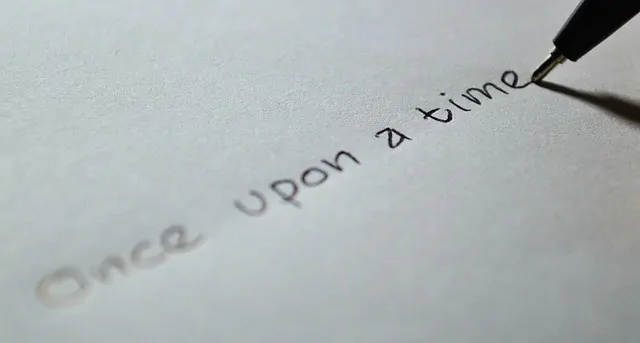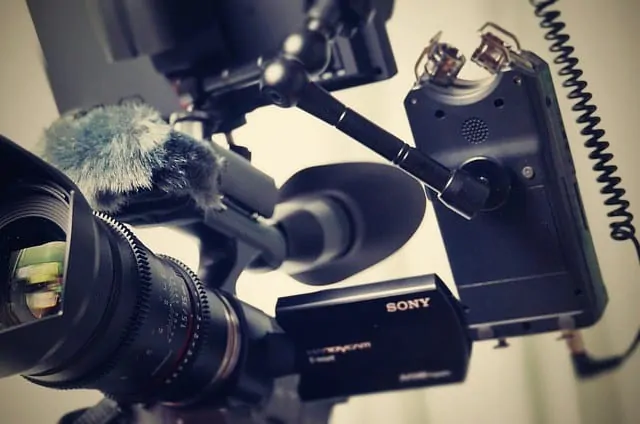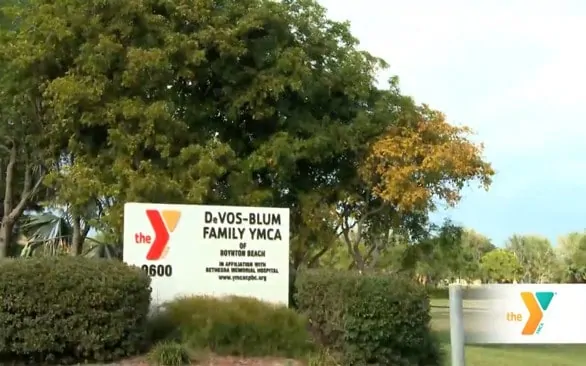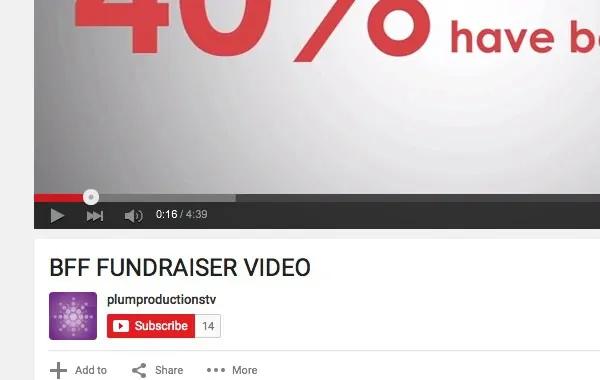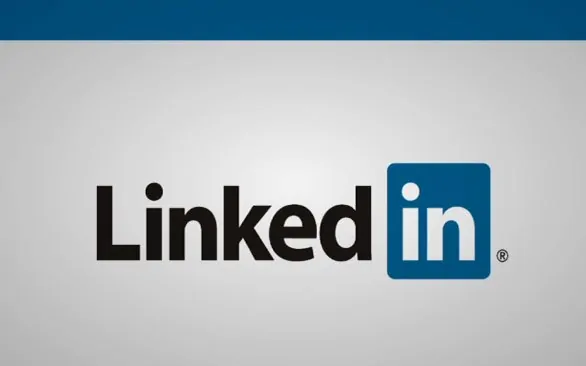Hello everyone. My name is Tim Stoddart. I am thrilled to be able to put forth some content for Plum Productions Media. I am the CEO of Stodzy, Inc. Over the years, I have witnessed the rise of video content. Creating quality video for your company or brand is more important than ever. I know what you’re thinking. “Can I do this on my own without hiring a production company?” The answer is yes you can. But whenever possible, I would recommend hiring a video production company. We live in an amazing new world. Every other day it seems that there are new inventions, new technologies and new innovations designed to streamline our lives. We have more options than ever. The smart phone is at the top of the list of “most important inventions of our lifetimes.” One area that the smart phone has really impacted has been video production. iPhones now shoot and record at 4k which is an extremely clear video quality considering how small the camera is. It’s no wonder so many small brands are taking it upon themselves to start creating their own video content.
“But just because you can, doesn’t mean you should.”
I would agree that there are advantages to shooting video on your own. Speed is a factor. If you shoot a video on your phone, you can have it posted on Facebook or YouTube in a manner of minutes. Also, spontaneity plays a role. It is very important to be able to hit record on a moment’s notice just in case you are a first-hand witness of something amazing. Aside from those reasons, I still recommend using a video production company whenever possible. Let’s take a look at a few reasons why.
Production Companies are Masters at Editing
I would argue that editing is more important than shooting the actual footage. Raw footage is the foundation to any good video. Without the footage you have nothing to work with. However, it is the editing that will truly make a video come alive. Video production companies understand the importance of incorporating B roll, transitions, music and other sound effects. This is where the magic happens. For a video to be an effective marketing tool, it needs to hit an emotional chord. Videos have the power to truly leave an impact on someone. They can make you think, they can inspire you, they can make you angry and even make you sad. Music and sound effects play a HUGE roll in how a video will affect a viewer from an emotion standpoint. There is no doubt about that. One of the best examples of this is from Gary Vaynerchuk. Vaynerchuk is a famous social media personality. He hosts two successful YouTube shows. One of which is called AskGaryVee, the other is called The Daily Vee. He uses very little editing. The show is a simple round table discussion in which Gary answers questions sent to him from fans. It is very good and valuable content but the informative nature of it isn’t meant to leave an emotional impact. The Daily Vee however is a daily video blog in which Gary and his team record their adventures and turn it into some kind of lesson for the viewer. These videos capture footage from drones and handheld cameras. They capture candid footage, great B roll and use background music and sound effects as a great add on to the content. The Daily Vee truly hits you in the feels. That’s why these videos have such an impact on his brand.
Audio Quality in Smart Phones is Still Lacking
You don’t realize how important audio quality is until you start recording your own footage. I’ve seen this happen many times. Some brand or company gets very excited about an idea for a video. They pull out their phones, they hit record, and they feel good about what they have done. Unfortunately, when they upload the video, they quickly realize that the sound is hard to hear and in some moments of the video there are loud bursts of “fuzz” when someone may have rubbed their hand over the microphone. If your sound quality is poor, your video will not get nearly enough views as it potentially could. Not putting the effort into good sound quality is a huge mistake. A video production company will be able to nullify this. Ideally, you want to record your video and your sound in two separate tracks. Once you have all the raw footage, you can pair it all together so that you have high quality sound that matches the high-quality footage.
iPhones Lead to Shaky Footage
Have you ever tried to hold your hand completely still? It’s almost impossible. You can try it out yourself. Pick up your phone and start recording some still footage in your home or in your back yard. In the moment it may feel as though you are holding the camera still, in reality there are tiny little shakes and bends in the footage that will most definitely impact the finished product. Video production companies have ways to remedy this. Their cameras are equipped with shoulder harnesses, tripods, stands and shoulder straps to ensure that every video is shot with still unwavering footage. All the little details really add up. If you are shooting a commercial, a product shot, an informative piece or even a collection of still frames you want to make sure your video content is as professional as possible. Poor video quality will make you come off as very amateur.
If It’s Worth Doing, It’s Worth Doing Right.
When I was growing up, I spent years doing carpentry for a small business. My boss was a big man named Mike. Mike had been a carpenter his entire life, he didn’t have much patience for mediocrity. Any time I find myself wanting to cut corners I think of Mike and his view on hard work. Mike’s philosophy was simple. If you do things right the first time, you never have to do them twice. Simple enough, yet very profound. Having the patience and the discipline to do work with 100% effort and quality is very difficult. We all have moments when we look to cut corners or to find an easier, softer way. In the end, if you pay attention to detail and you take the time to create excellent work, you will be further along than you would have been otherwise. Every little bit counts. The quality of your work is reflective upon the quality of your life. You may be reading this thinking “I think I can still do this on my own.” That may be true, but the question you should ask yourself is “do you want to do it twice?”





